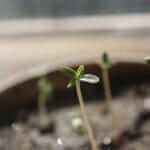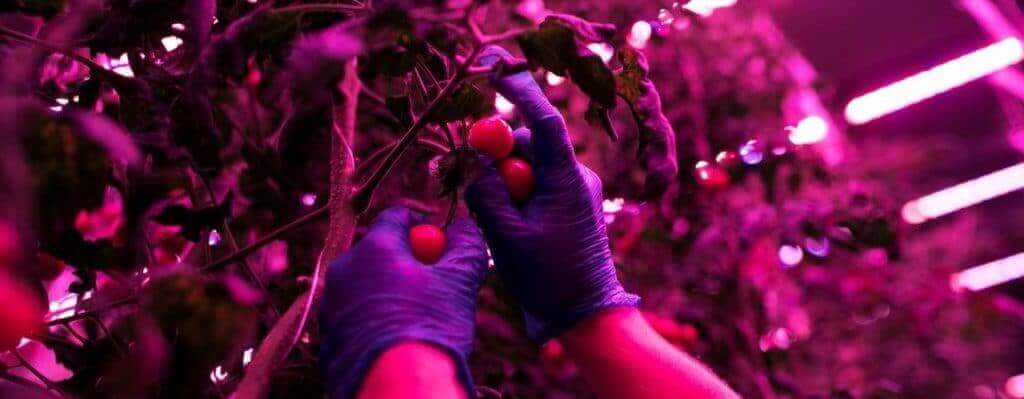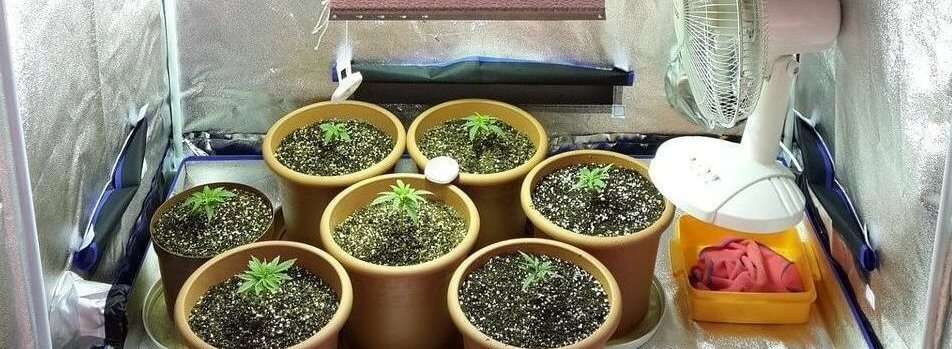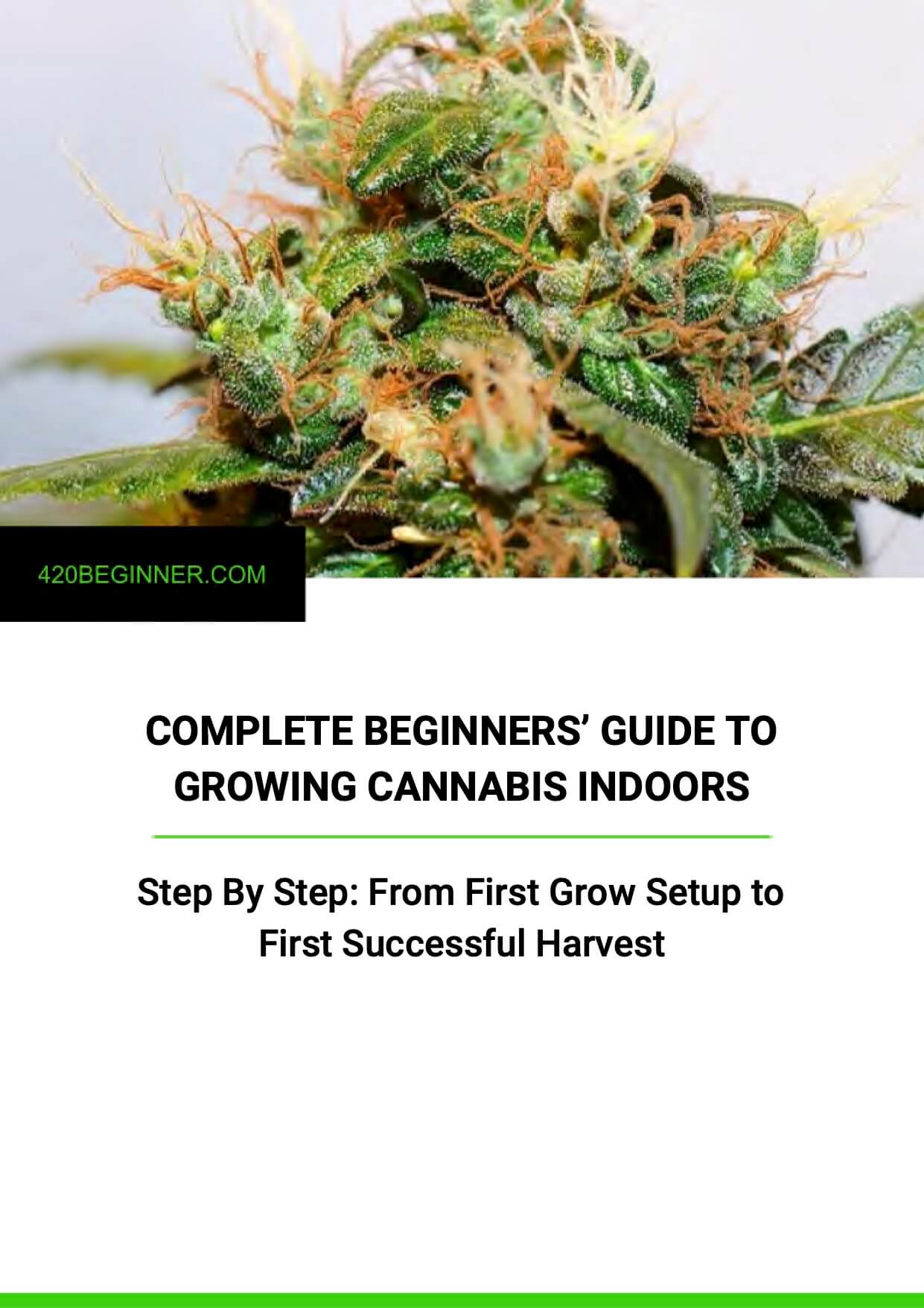How Much Light Does My Weed Need?
 Every beginning grower has questions about using LED Grow Lights. What spectrum should I be using, when, and for how long? How does this affect the plants? How far should led grow lights be from plants? How many watts per square foot for led grow lights? Are led grow lights bad for your eyes? Where to buy led grow lights? What size led grow light do I need? How many hours of light do weed plants need?
Every beginning grower has questions about using LED Grow Lights. What spectrum should I be using, when, and for how long? How does this affect the plants? How far should led grow lights be from plants? How many watts per square foot for led grow lights? Are led grow lights bad for your eyes? Where to buy led grow lights? What size led grow light do I need? How many hours of light do weed plants need?
If you’ve got any questions like that, don’t worry. We’ll help you get started with your new LED grow lights and show you exactly what you need to do and when at every stage of the grow. That’s what MaryJane Farmer is all about: answering your LED Grow Light and cannabis growing questions. Today we are talking about light schedules, but we’ll give you some advice and links to answer all your questions and more.
A key part of successfully growing cannabis with LED grow lights and maximizing your yields is getting your light schedules or light recipes just right. For beginners especially this is a big question.
Then, once you’ve mastered the basic recipes, it’s just a matter of fine-tuning them to the strains you like to grow. Click here for our suggestions and reviews on good LED grow lights. With good LED Grow Lights and good light recipes you can increase yield, increase potency and shave days or even weeks off your grow times!
What’s In A Light Recipe?
With growing cannabis, it’s all about the light. Cannabis plants love light. And if you’re growing indoors, it’s all about reproducing the growth signals and nutrition your plants would get from natural sunlight.
Good LED grow lights are about as close to replacing the sun as it’s possible to get. . . . when you know how to use them. And that’s where light recipes come in. Unfortunately for beginners, there is little research giving hard and fast rules about growing cannabis. However, experimentation and experience have yielded some general principles that we will explain here.
A light recipe is simply a schedule of what spectrum of light you give your plants, how much of it, when and for how long. It’s a way of mimicking and manipulating the plant’s natural growth cycle. You are mimicking as well as you can the different light quality and night/day lengths the plant would respond to in the wild, from season to season, and as the sun moves across the sky during the day. But you are improving on Mother Nature by providing specific light conditions that don’t regularly occur naturally. In other words, no crappy weather.
When growing weed indoors you can even improve on the sun. Because with LED grow lights you’ll never have cloudy days and you can start the seasons whenever you like. That means you have a year-round growing season.
Fine Tuning The Spectrum
You’ll likely be aware that different LED grow lights deliver different spectrums of light. Some have a fixed spectrum designed to be used for the whole grow cycle. However, these don’t allow for much fine-tuning.
Most LED Grow Lights of better quality have more than one setting. They can deliver a veg or grow spectrum and a flower or bloom spectrum. Some can also be dimmed, which is an alternative to lowering and raising the light. (Did you ever think you would need to know how to hang the lights? That’s just one small detail among many that we discuss here.) . And right at the top end, you’ve got highly programmable lights that let you fine-tune not only the spectrum but also the timings to even better simulate the sun. You can pretty much automate the whole grow cycle.
Here is an example of a high-quality adjustable LED Grow Light with [almost] all the bells and whistles you could possibly want.
1000W LED Grow Light With Samsung Quantum Board Dimmable Full Spectrum Grow Lamp
But for this article, we’re going to assume you’ve got something less finely adjustable that needs a little more hands-on attention. Fairly basic LED grow lights where you need to carry out the light recipe yourself.
Growing Seedlings With LED Grow Lights
If you want to know how to germinate cannabis seeds, we have covered it here.

Now, once your seed has sprouted, the heat and light from LED grow lights can help your seedling grow strong and healthy in record time. Humidity and temperature control are important at this stage. Take a look at tools for measuring these factors in your grow room. And don’t forget that LED Grow Lights are deceptively bright. Bring your sunglasses.
The best seedling light recipe will depend on the light you’re using and the strain you’re growing (sativas are more light hungry), but here are the basics:
Set your timer to keep the lights on for 18 hours a day. The plant will think it’s spring and put most of its energy into growing leaves and stems.
The other 6 hours should be total darkness.
Use the veg or grow setting on your light, or use a full-spectrum light, to ensure that the seedlings are getting all the wavelengths they need. Plenty of blue light ensures the seedlings don’t try to grow too tall before they’re strong enough and the red light encourages root growth.
In general, start with your lights a few feet above the plants—seedlings can’t yet stand full-strength LEDs. However, the best distance all depends on the specific light, so follow the manufacturer’s recommendations and any instructions that come with the seeds. 2 feet is usually the recommended minimum for seedlings. Remember seedlings can grow quickly. So if you see the leaves starting to bleach, you may need to raise the light a bit.
After about 14 days, when they’re growing taller and growing new leaves, the seedlings have reached the vegetative stage.
LED Grow Light Recipe for Veg Stage
At this stage cannabis plants are mainly growing stems and leaves (no flowers), to store up as much energy as possible before they flower.
Switch your light to its veg or grow setting and continue giving it 18 hours a day. Some will switch to 20 or even 24 hours of light per day at this stage to maximize growth. But if you do this, make the change slowly so as not to stress your plants. We don’t recommend 24 hours a day, but experimenting with a longer day is reasonable.
The veg setting should add extra blues to the spectrum as you’d get on long clear summer days. With the added blue wavelengths, the plants should grow strong and bushy, rather than stretching up for more light.
If you’re growing an autoflowering strain, just stick to 18 hours. Giving it extra hours of light won’t speed up the veg process. (What is an autoflowering strain? Check out this article.)
If plants are stretching (growing with lots of space between nodes or leaves), just lower the light a bit. You want your mature plants to be strong and healthy enough to bear the weight of the dense flowers they’re about to grow.
You can keep your plant at the vegetative stage pretty much indefinitely. So it’s up to you when you initiate flowering. But for most growers that will be when the plant is around half the height it will reach at the end of flowering.
LED Grow Light Recipe for Flowering

Flip the switch to flower or bloom and change your light schedule to 12 hours on and 12 hours off and soon after your plant will start flowering.
Or if you want to be on the safe side, you can avoid stressing your plants by switching to a 12-hour cycle over the course of 2 or 3 days. For example, going from 18/6 to 16/8 to 14/10, then 12/12.
Once your plants are flowering, make sure the 12 hours of darkness are always completely uninterrupted. Any light leaks during this time can send your plants back to the veg stage, or create hermaphrodite plants that could pollinate your flowers and ruin the harvest.
This schedule mimics the shorter days of late summer and early fall when wild cannabis plants would naturally flower. The higher concentration of reds in the spectrum also mimics the sun hanging lower in the sky. And having far-reds within the spectrum has been found to shorten the time to harvest, in certain circumstances.
Growth spurts during flowering are common, so keep an eye on the distance between the buds and your lights. If you see bleaching, raise your lights.
That said when flowering you need to maximize the amount of light your plants are getting to maximize your yield. So the closer you can get your LED grow lights to your plants the better, up to a point. Lower them an inch a day and keep an eye out for any signs of damage. 12” to 18” from the plants is usually safe. But as ever, check the manufacturer’s recommendations.
LED grow lights with ultraviolet in the spectrum will also stimulate resin production, giving your bud higher levels of THC and other cannabinoids.
Autoflowering strains will flower when they’re ready, regardless of light conditions. Usually after three or four weeks. Nonetheless, the bloom spectrum of most LED grow lights will help increase the yield. Also, autoflowering plants don’t need darkness, so 18-24 hours of light a day will further fatten the buds.
How Long Before You Can Harvest?
Well, it all depends on the strain you’re growing and the kind of effect you’re looking for when you consume the bud. We’ve covered the subject in a little more detail here.
Usually, 2 months of flowering is the minimum amount to achieve robust and powerful buds.
MaryJane Farmer Recommends
The basic light recipes above should be customizable to your chosen LED grow lights and cannabis strain.
BlackDogLED, the maker of one of our 2019 recommended lights, argues that a full spectrum light can be used at every stage. All you need to change is the timings and height you hang it at.
- BEST LED GROW LIGHTS MADE IN USA BY INDUSTRY LEADERS: Black Dog LED produces the most powerful LED grow lights with the largest research-proven footprints (without hot spots).
- COMPACT AND POWERFUL: High light intensity and energetic spectrum, crucial for canopy penetration to nourish lower leaves and flowers.
- INCREDIBLE GROW RESULTS: PhytoMAX-2 400 LED grow lights better penetrate dense canopies to produce a superior yield with higher quality flowers and more trichomes.
- LARGE FOOTPRINT: Up to 4.25' X 4.25' (18 square feet!) of flowering footprint coverage! Proven by independent spectroradiometer testing.
- OFTEN IMITATED, BUT NEVER DUPLICATED : Unique Phyto-Genesis Spectrum - The most efficient spectrum for growing plants, based on over 6 years of research and testing, outperforming HPS, MH, CMH (LEC), induction, fluorescent, and "white", so-called "full-spectrum" LEDs in equal wattage tests.
Others will prefer to adjust everything as finely and minutely as possible to better imitate the sun and save energy by only providing the exact spectrum of light needed at each growing stage or even hour of the day.
However, most LED grow lights fall somewhere between the two extremes, offering veg and bloom modes, and sometimes dimmers or seedling modes. Here is our complete current review of the best LED Grow Lights. For most of us, these more limited options will still offer us more than enough flexibility to discover a custom light recipe that gives great results time after time.
Check back often for reviews of the best products for enjoying marijuana to the maximum. Check out our Compete Table of Tools and Lights if you’re a grower looking to expand. If you are new to growing, get our free Beginner’s Guide here. And if you have some great photos of your garden, pop them into the electric post office and send them to me: MaryJane@420Beginner.com. Or leave comments, criticisms, questions, and suggestions in the comment section below.
Last update on 2023-02-20 / Affiliate links / Images from Amazon Product Advertising API
This product was presentation was made with AAWP plugin.






